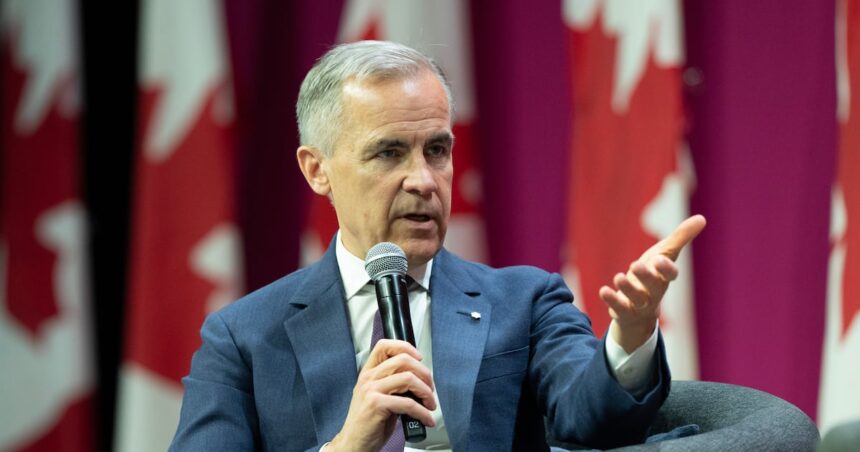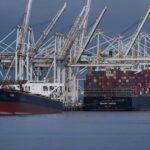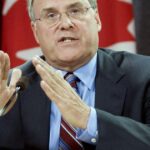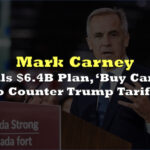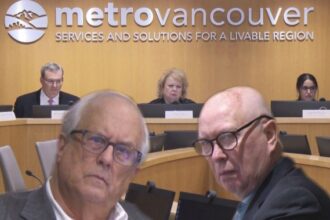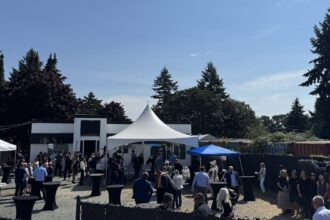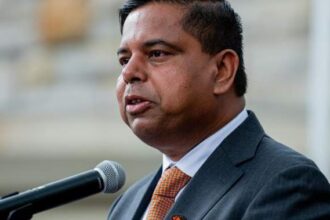In a bold strategic pivot amid escalating global trade tensions, Liberal Party economic advisor Mark Carney revealed an ambitious infrastructure blueprint Thursday designed to fortify Canadian cities against the economic aftershocks of potential cross-border tariffs. The comprehensive National Infrastructure Plan 2025 represents what Carney describes as “the most significant nation-building initiative in a generation.”
“We stand at an inflection point where defensive economic posturing must give way to proactive domestic investment,” Carney told a packed audience of municipal leaders and business representatives in Toronto. “This isn’t merely about weathering immediate trade disruptions—it’s about positioning Canada’s urban centers as resilient economic engines for the decades ahead.”
The former Bank of Canada governor outlined a three-pronged approach targeting critical infrastructure vulnerabilities across major metropolitan areas. The plan allocates approximately $78 billion over seven years toward modernizing transportation networks, expanding clean energy capacity, and revitalizing aging public infrastructure.
Particularly noteworthy is the plan’s emphasis on strengthening supply chain independence. With nearly 73% of Canadian exports currently destined for American markets, economic analysts have long warned about Canada’s vulnerability to policy shifts south of the border.
“The uncomfortable reality is that our cities have developed in lockstep with unfettered continental trade,” explained Dr. Elena Mikhailova, senior economist at the Fraser Institute. “Carney’s proposal effectively acknowledges that the era of guaranteed market access may be waning.”
Municipal leaders from across the political spectrum cautiously welcomed the announcement. Vancouver Mayor Ken Sim characterized the initiative as “potentially transformative” while emphasizing the need for implementation details. “The concept aligns with our long-term resilience strategy, but we need to see concrete funding mechanisms beyond the high-level framework,” Sim noted.
The plan’s financing structure has already drawn scrutiny from fiscal conservatives. The proposed funding model relies heavily on public-private partnerships and the creation of a dedicated infrastructure bank expansion—mechanisms that Parliamentary Budget Officer Yves Giroux has previously questioned for their long-term cost effectiveness.
“While infrastructure investment is generally economically sound, particularly during periods of uncertainty, the devil resides entirely in the financial details,” Giroux remarked following the announcement. “Canadians deserve transparency about how these projects will be funded beyond the initial capital investments.”
Business leaders, particularly those in manufacturing and resource sectors, expressed measured optimism. Suncor Energy CEO Rich Kruger praised the plan’s focus on energy infrastructure modernization but cautioned that “no domestic policy, however ambitious, can fully insulate Canadian businesses from determined protectionism in our largest export market.”
The initiative arrives against a backdrop of increasing economic nationalism globally, with Canada confronting potential tariff walls not only from traditional trading partners but emerging economic blocs. Recent economic modeling from the C.D. Howe Institute suggests Canadian cities could face GDP contractions between 2.3% and 4.7% under various tariff scenarios without meaningful adaptation measures.
Opposition critics questioned both the timing and fiscal implications of Carney’s proposal. Conservative finance critic Jasraj Singh Hallan characterized the plan as “an election-year spending spree masquerading as economic policy” while acknowledging that “infrastructure modernization remains a bipartisan priority.”
For ordinary Canadians, particularly those in trade-dependent communities, the plan represents a potential lifeline amid economic uncertainty. Windsor, Ontario—heavily reliant on cross-border automotive trade—would receive significant funding for transportation and manufacturing infrastructure diversification under the proposal.
“We’ve lived through economic disruption before,” noted Windsor Mayor Drew Dilkens. “What’s different about this approach is its focus on building alternatives rather than simply hoping for the best in trade negotiations.”
As Canadian cities prepare for the next federal election cycle, the infrastructure plan raises fundamental questions about the nation’s economic future: Can strategic domestic investment effectively shield urban economies from international trade volatility, or are we witnessing the beginning of a more profound recalibration of North American economic integration?

